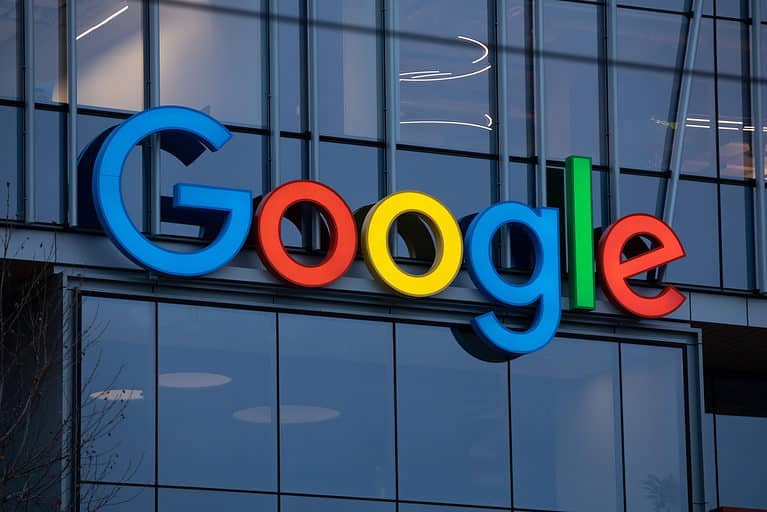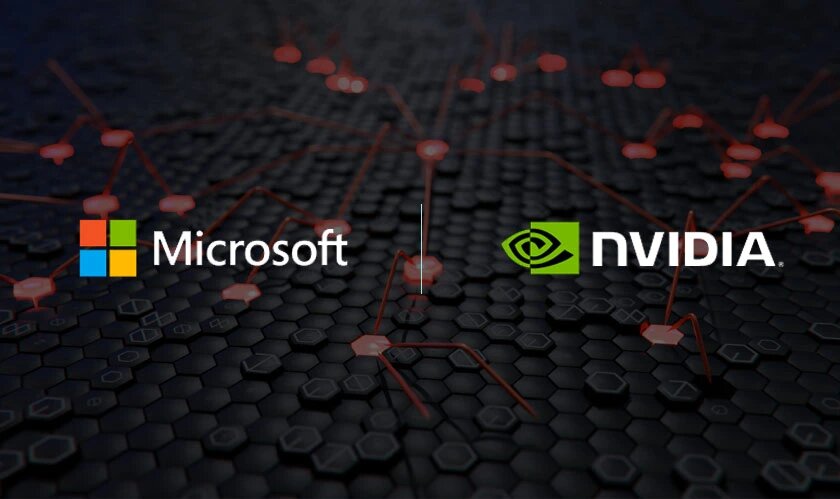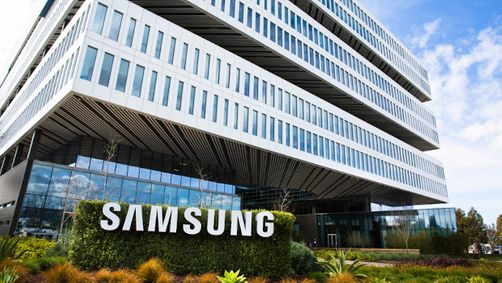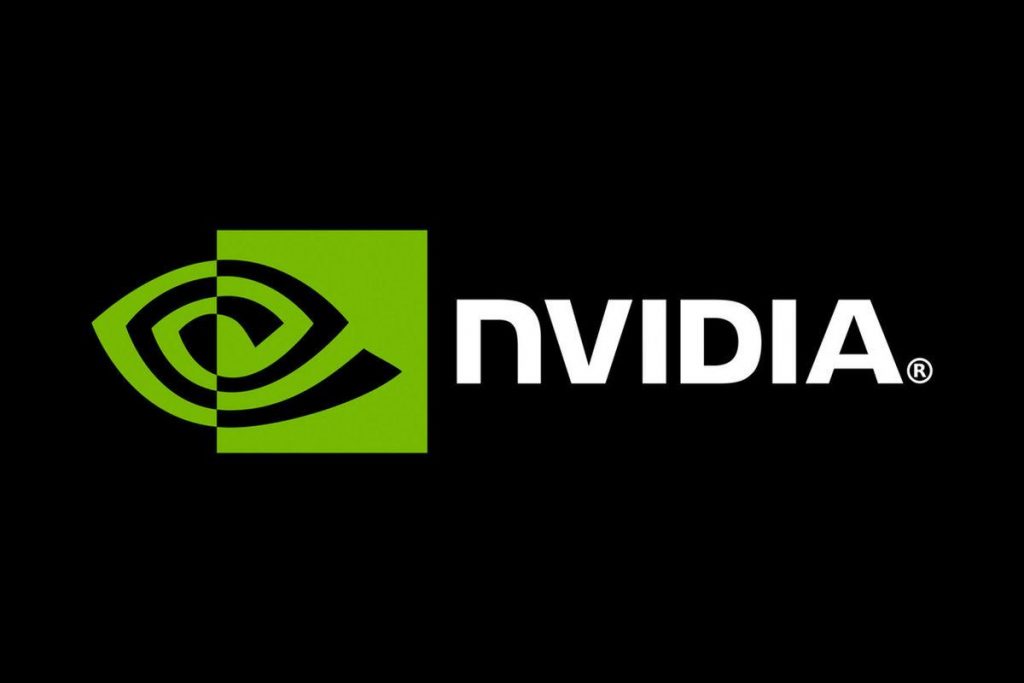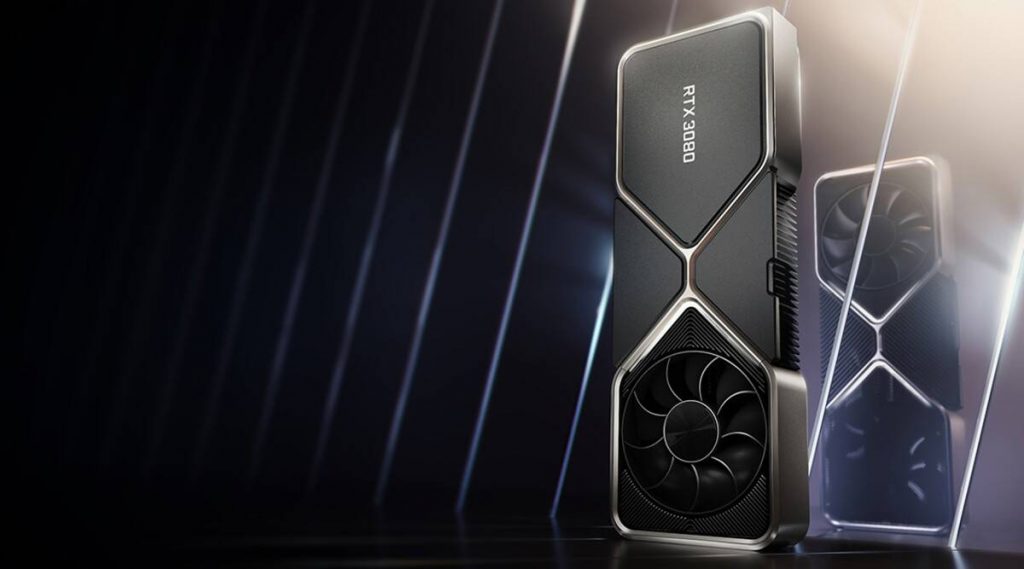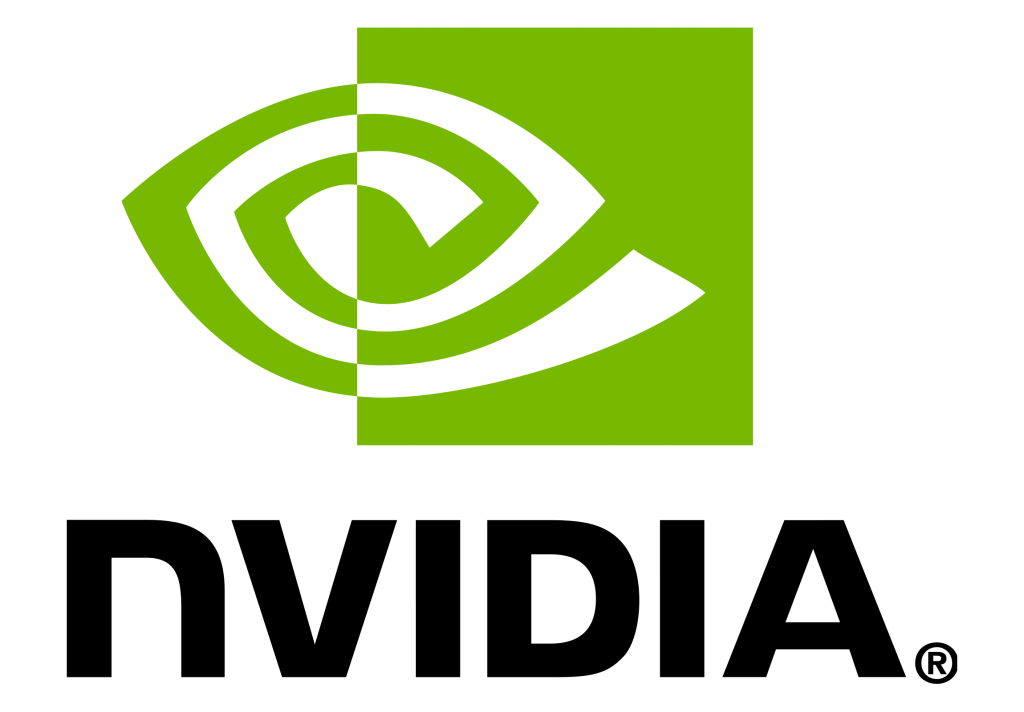Nvidia short sellers lose $5 billion as shares rise more than 90%
As reported by financial data company S3 Partners, short sellers of Nvidia Corporation have suffered losses of 5.09 billion USD to date in the current year since the stock has increased by more than 90 percent.
According to the company’s Wednesday report, the stock is the top losing equity short that has occurred in 2023, which is followed by Apple & Tesla.

According to the report, while the stock has increased approximately 30 percent in that time, Apple’s short sellers have suffered a loss of 4.47 billion USD up to this point in 2023. According to the article, Tesla’s short sellers have suffered a loss of 3.65 billion USD so far this year since the stock has increased by around 33 percent.
Also Read: Google Rolls Out Passkeys to (Eventually) Kill Passwords
For the year thus far, Nvidia’s short interest has decreased by 7.04 million shares or 18 percent. The percentage of float that is short currently stands at 1.32 percent, which is the lowliest level since October 2022.
Following a disappointing statement from Advanced Micro Devices, Inc. (AMD) late on Tuesday, Nvidia stocks were down 1.1 percent in noon trading on Wednesday, along with drops in other chip manufacturers.
Shares are borrowed by investors who offer securities “short,” anticipating a decline in the stock price that will allow them to repurchase the shares at a less expensive rate, give them back to the lender as well, and earn the difference in cost.
NVIDIA Corp. creates and produces chipsets, processors, as well as associated multimedia software for computers. Tegra Processor, The Graphics Processing Unit (GPU), & All the additional components make up its functional units.
The GPU market is made up of product brands such as GRID used for visual computing customers and is based on the cloud, Tesla along with DGX for AI data scientists & big data experts, Quadro for creators, and GeForce for gaming enthusiasts.
Also Read: IBM to pause hiring in the plan to replace 7,800 jobs with AI
The Tegra Processor section incorporates a full computer into just one chip containing multi-core central processing units and graphics processing units to power supercomputing for controllers & smartphone games and entertainment gadgets in addition to robots that are autonomous, drones, and even vehicles.
The compensation based on stock cost, business infrastructure, support costs, expenditures related to the acquisition, legal settlement expenses, and various other non-recurring charges is all included in the “All Other” division.

I am a student pursuing my bachelor’s in information technology. I have a interest in writing so, I am working a freelance content writer because I enjoy writing. I also write poetries. I believe in the quote by anne frank “paper has more patience than person
